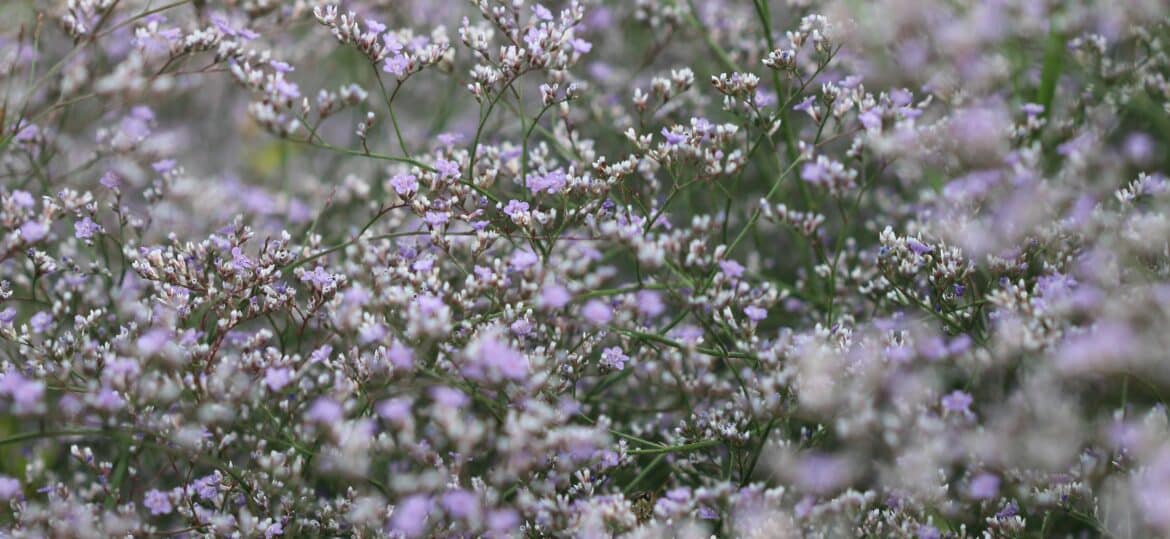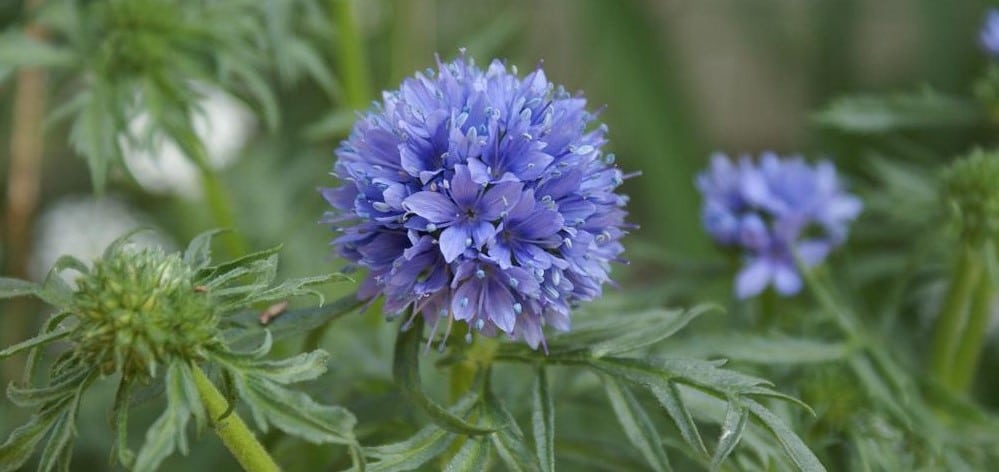By Lisa Houle | July 5, 2024
Wedding season is upon us! Long sunny days, warm nights and mild temperatures set the perfect scene for these special occasions. Fresh flowers are the finishing touch, symbolizing new beginnings. Adorning bouquets, lapels and altars, the flower varieties and choices are endless.
But as you select the flowers best suited to your décor, personal style, and price point, the most important question we hope you’ll ask is: Are these flowers invasive? Some of the most common wedding flowers include some serious invasives. Tossing that bouquet or lining a meadow ceremony with invasive plants and flowers can do some serious damage.
Baby’s breath, with its whimsical white sprigs, is often found in bouquets or worn in the bride’s hair. While baby’s breath adds an ethereal touch, this ‘symbol of everlasting love’ is a harmful invasive species in B.C. Producing up to 10,000 seeds per plant, baby’s breath is aggressive, easily invading grazing land and reducing native grasses and forage for grazing animals and wildlife. A nature-friendly alternative to baby’s breath is sea lavender, a beautiful non-invasive look-alike whose delicate flowers are loved by butterflies.

If your wedding has more of a country chic vibe, daisies are a natural choice. An invasive flower to avoid is oxeye daisy, a rapid spreader known to invade pastures, grasslands and roadsides, reducing forage for livestock and wildlife. A single plant can produce 26,000 seeds that can survive in the soil for up to 20 years. While they would outlast some marriages, it’s best to keep these seeds in check. For the classic daisy look, you can’t go wrong with shasta daisy with its deep green leaves, white petaled flowers and yellow centres. Blooming all summer long, shasta daisies look great in the garden until it’s time to harvest for the walk down the aisle.

Bachelor’s button, with its dark edges and tattered fringe at the flower tips, may sound wedding-related, but this is one plant you don’t want to say ‘I do’ to. Often a stow-away in wildflower mixes, bachelor’s button produces a lot of seed and can easily invade dry meadows, fields, and grasslands. It crowds out forage and native vegetation and it can reduce crop yields. A better choice – one that looks like it’s rooting for you on your big day – is bluehead gilia. It comes with its own fern-like foliage and round clusters of tiny blue flowers that resemble pompoms.

“There are lots of decisions when it comes to wedding planning. We know that people have the best intentions when it comes to flowers, but choosing non-invasive varieties really shows a commitment to the environment,” said Dave Ralph, ISCBC’s Senior Manager of Operations. “If you receive a bouquet containing an invasive like baby’s breath, it’s best to remove it from the bouquet, place it in a sealed trash bag, and properly dispose of it in the garbage. Do not compost it. The seeds of invasive plants can survive the composting process, continuing their spread when the compost is distributed to new areas.”
Start the first day of the rest of your lives off on the right note. By avoiding invasive plants on your big day, you can help reduce the spread of invasive plants for years to come.
Lisa is a Communications and Outreach Coordinator at ISCBC. She values a diverse environment and connecting with others about environmental protection. In her spare time Lisa enjoys spending time at the ocean and beach combing for sea glass. You can reach Lisa at lhoule@bcinvasives.ca
Share


















